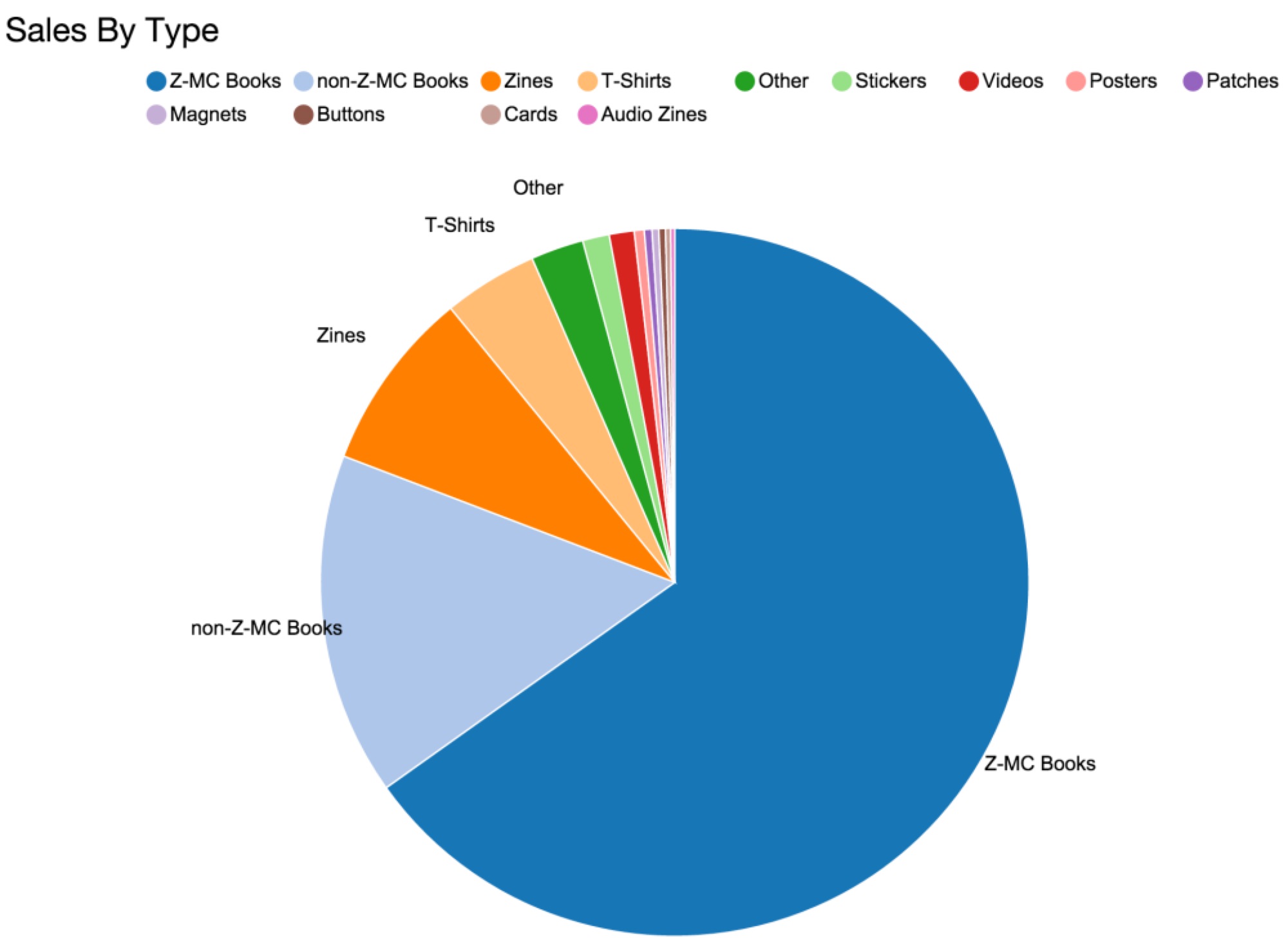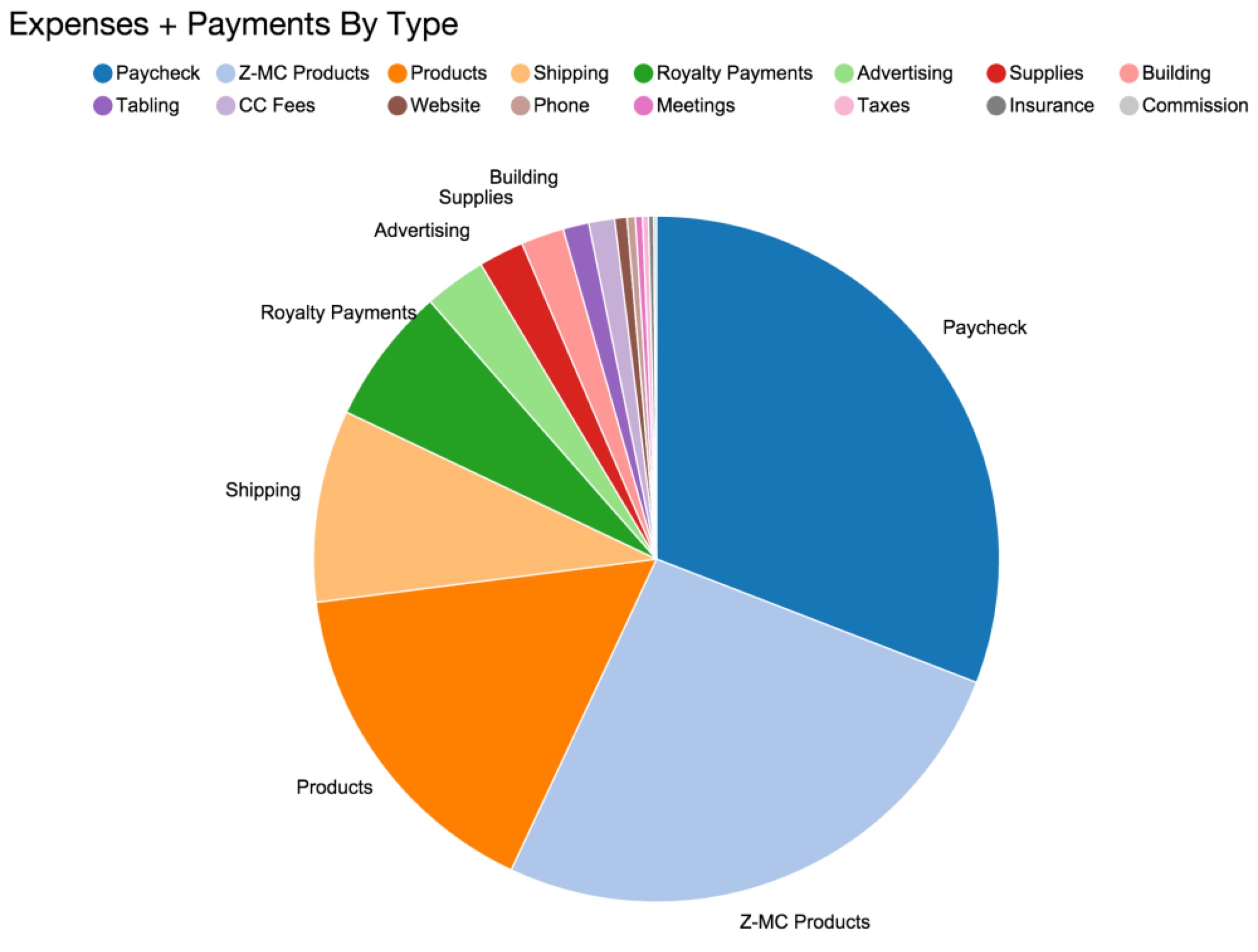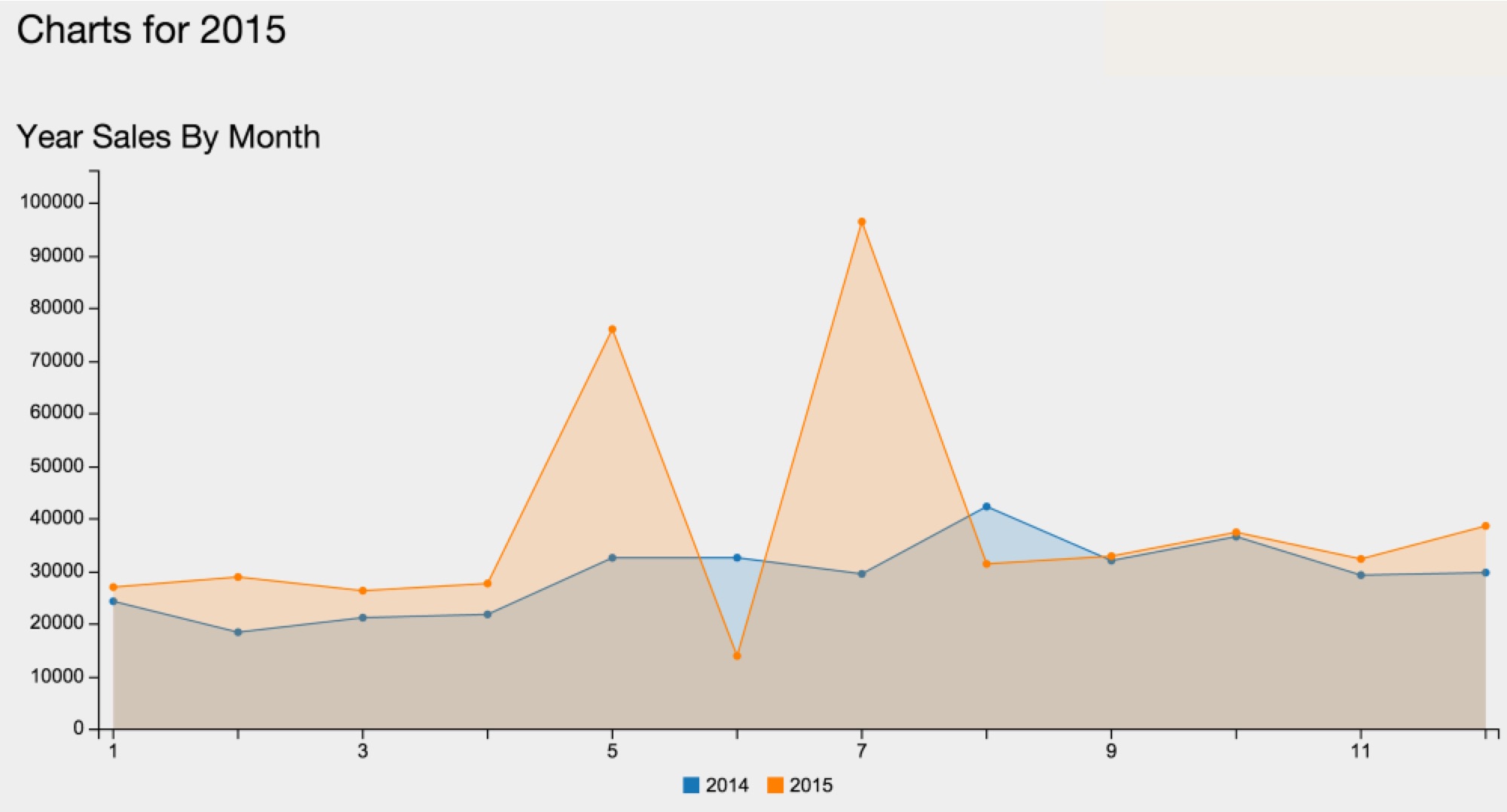Rebellious Girls: An interview with Velocipede Races author Emily June Street
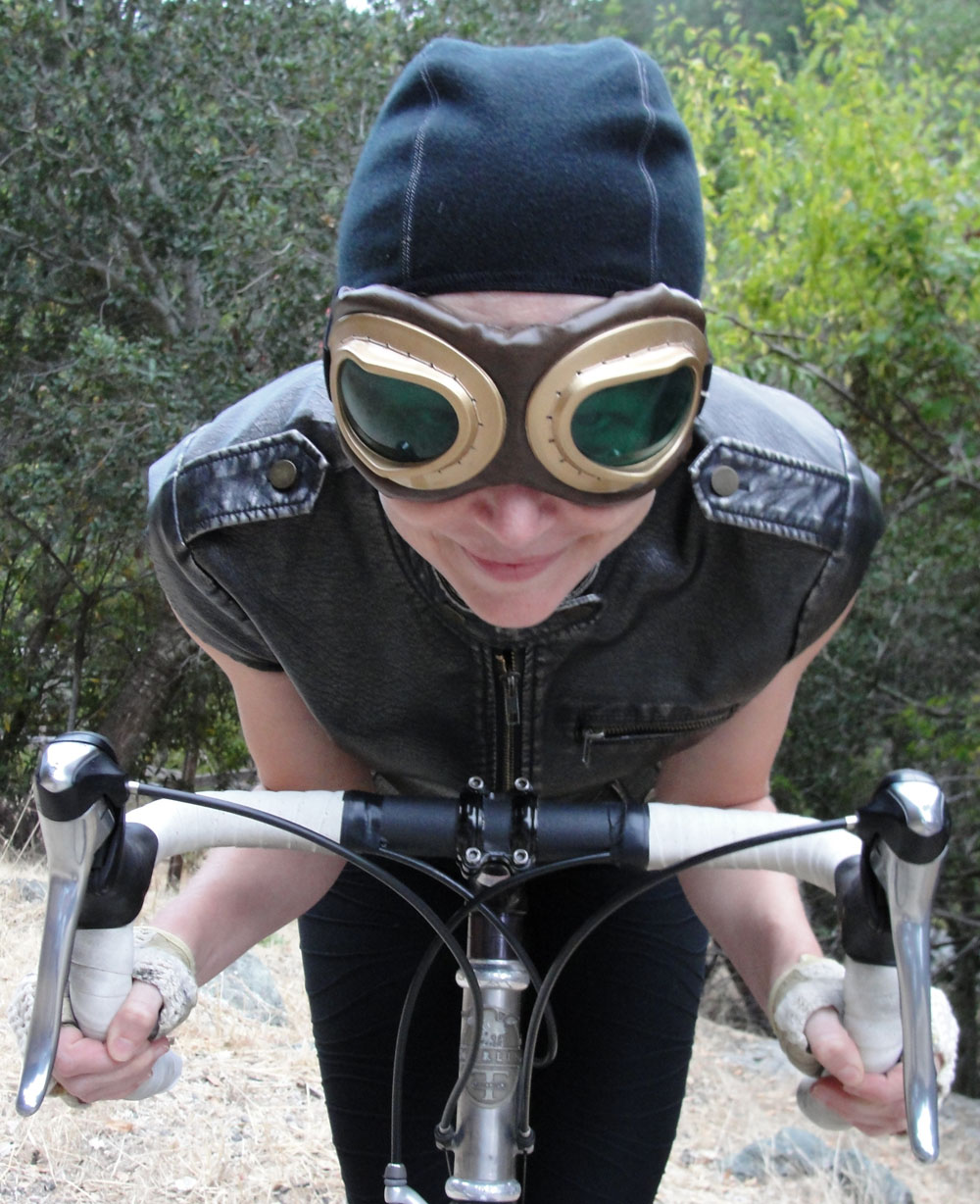 “A tough girl rebels against stifling gender rules in a quasi-historical steampunk world, dreaming of racing her bicycle in the cutthroat velocipede races. But can her dream survive scandal, scrutiny, and heartbreak?” That’s how Emily June Street describes her debut young adult novel, The Velocipede Races, which is also Microcosm’s first venture into the genre. It officially comes out on April 12th, but we just got them back from the printer and you can snag one directly from us right now.
“A tough girl rebels against stifling gender rules in a quasi-historical steampunk world, dreaming of racing her bicycle in the cutthroat velocipede races. But can her dream survive scandal, scrutiny, and heartbreak?” That’s how Emily June Street describes her debut young adult novel, The Velocipede Races, which is also Microcosm’s first venture into the genre. It officially comes out on April 12th, but we just got them back from the printer and you can snag one directly from us right now.
1. Congratulations on the publication of The Velocipede Races! What is the story behind the book? Where did you come up with the idea?
I spend a lot of time on my bicycle on my fourteen-mile commute most days of the week. The idea for The Velocipede Races popped into my head during a ride. I was focusing on my breathing, on really letting my ribcage expand and contract in three dimensions while I rode hard, and the constricting notion of a corset popped into my mind. I felt so grateful that I lived in a time when I wasn’t expected to wear a corset and that I was free to ride my bike pretty much anywhere I pleased. In that moment, I made the connection between the rational dress movement, the bicycle, and the first wave of western feminism. I got home and did research—as I often do—and discovered the fascinating, tangled history of feminism and the bicycle. I’d long wanted to write a scifi story about track-bicycle racing, and these percolating ideas came together in my imagination. So I decided to mash-up the feminist history of the bicycle, some sci-fi/steampunk-style track racing, and some romance. These elements dovetailed into the story that is The Velocipede Races. I call my genre quasi-historical femmepunk.
2. You’ve been writing and self-publishing fiction for a while now. Can you talk a bit more about that? How did you learn the craft? What are you currently working on?
I’ve been writing on a regular basis since I was eleven years old, when I got my first diary. I fell for reading early and hard, and it remains a persistent and utterly incurable addiction. Writing has always been a natural progression from reading for me. They are two sides of the same coin. I read, therefore, I write. Reading has certainly taught me most of what I know about writing. I absorb so much about how to write by reading—everything from style to grammar to cadence to what could be possible in a book. I did minor in English many years ago, emphasizing writing in my coursework, and later I got a Master’s degree in Library Science, mainly to enable my reading addiction while gaining practical work skills.
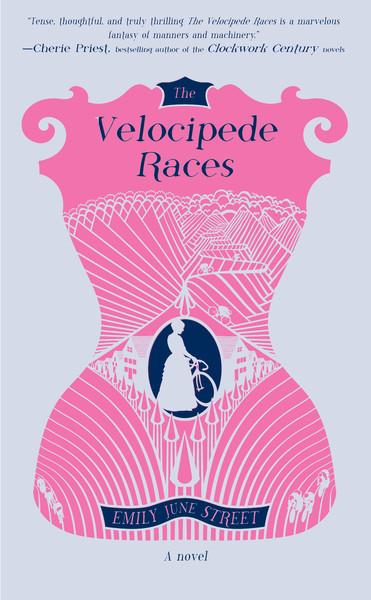 Being such a book addict, I’ve always wanted to write them, and along with that, I wanted to publish them—but I have a full-time life teaching Pilates. My husband and I own our studio, and that passion/career takes a lot of time and energy. Self-publishing originally appealed to me because I could set my own deadlines, work at my own natural and (admittedly very slow) pace without having my writing life interfere with my Pilates life. I also like to learn new things, and so I set out to learn how to make books. My friend, mentor, and writing buddy, Beth Deitchman, was my intrepid partner in this endeavor. We learned everything as we went, and we made our first books from the ground up. It’s been a lot of fun. It has been equally fun to work with Microcosm and make a book on a grander scale with you fine people.
Being such a book addict, I’ve always wanted to write them, and along with that, I wanted to publish them—but I have a full-time life teaching Pilates. My husband and I own our studio, and that passion/career takes a lot of time and energy. Self-publishing originally appealed to me because I could set my own deadlines, work at my own natural and (admittedly very slow) pace without having my writing life interfere with my Pilates life. I also like to learn new things, and so I set out to learn how to make books. My friend, mentor, and writing buddy, Beth Deitchman, was my intrepid partner in this endeavor. We learned everything as we went, and we made our first books from the ground up. It’s been a lot of fun. It has been equally fun to work with Microcosm and make a book on a grander scale with you fine people.
As far as what I’m doing now—I’m in the midst of a seven-book fantasy series. I’ve put out Books One and Two, The Gantean and The Cedna, and I’m working on revisions to Books Three and Four. I have about twelve other partly-written novel manuscripts. I rotate among them, writing bits in my spare time. I’m really a turtle when it comes to writing. I work slowly but steadily. Books take me years, not months, to write.
I’m also working on a two non-fiction projects, both related to Pilates. One is sort of a memoir crossed with an instruction manual for the basic Pilates matwork, collecting my ideas about Pilates and what I’ve learned teaching it. The other is a project I call “Fix Yourself” which is about simple stretches to help alleviate common aches and pains.
3. What kind of bike do you ride, and where is your favorite place to ride?
I have two bikes right now. I do not love either of them with all my heart. I struggle finding the right fit on a bicycle because I am in the murky under-five-foot-four category. My “Big Beater” is an old Felt F65 road bike that’s a little too big. My “Little Twitcher” is a custom Merlin from the 1990s that I got secondhand from a woman who rode seventy miles on her seventieth birthday (I aspire to this, and I superstitiously think the bike will help). I love the Merlin, but it is just a little small. I know I sound like Goldilocks, but my dream is to someday get THE ONE, my own custom velo.
As far as where I like to ride, I regret to say I am very boring, since I mainly ride for transportation. I ride anywhere I need to go, but rarely for recreation. My current commute is a beautiful ride through a rural valley and up over a hill with a vista. But I’ll ride almost anywhere happily.
4. What are you planning to do to celebrate your new book?
I’ll definitely drink some malt whisk or at least some prosecco. I may indulge in a trip to a velodrome if I can find anyone brave enough to go with me.
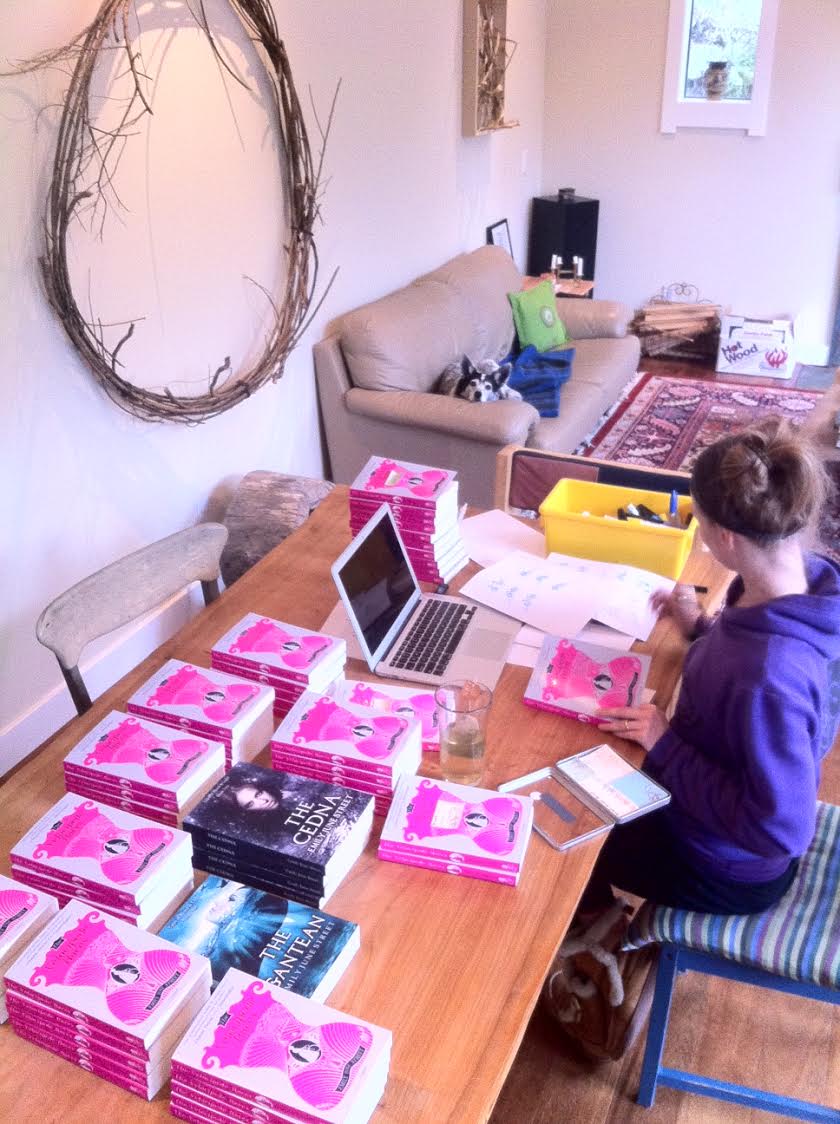
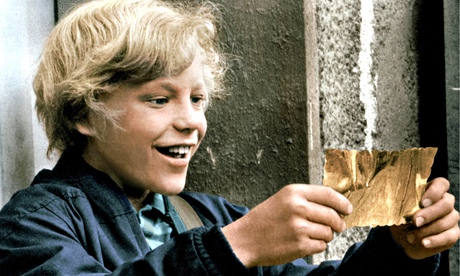
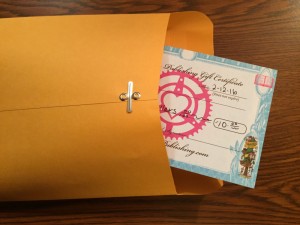

 Microcosm turns 20 this year! February 12, 2016 is our birthday. Not only are we almost old enough to drink, we’re really proud to have made it this far. There have been some rocky years back there, but things have been going well lately and it feels good to celebrate a milestone. So we’ll be celebrating properly: All year long.
Microcosm turns 20 this year! February 12, 2016 is our birthday. Not only are we almost old enough to drink, we’re really proud to have made it this far. There have been some rocky years back there, but things have been going well lately and it feels good to celebrate a milestone. So we’ll be celebrating properly: All year long.